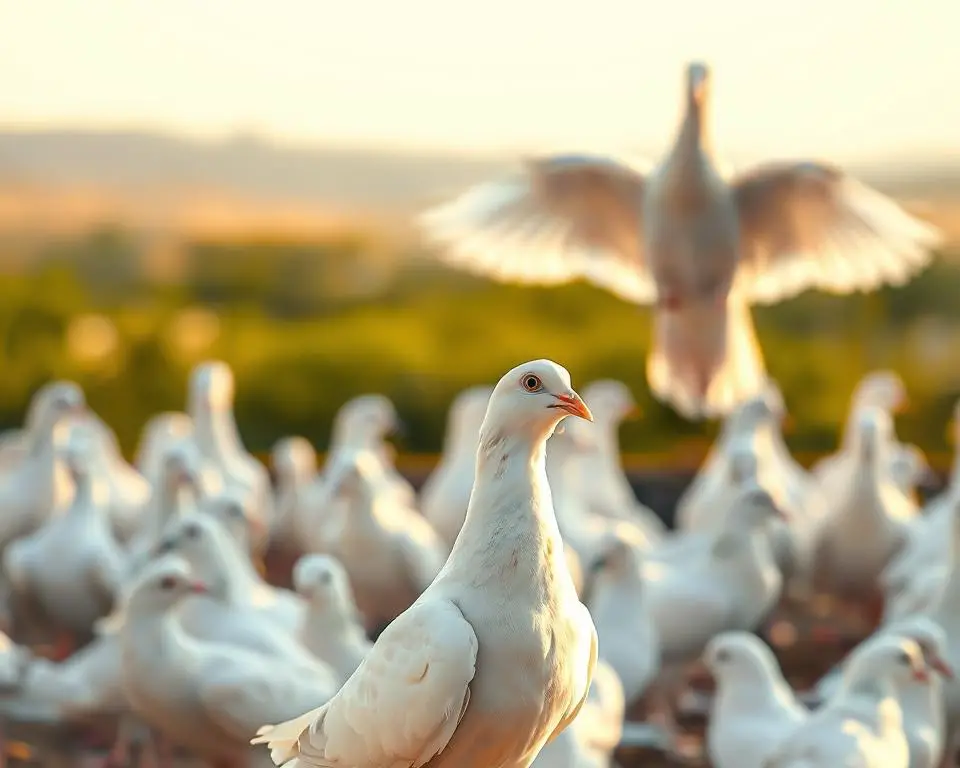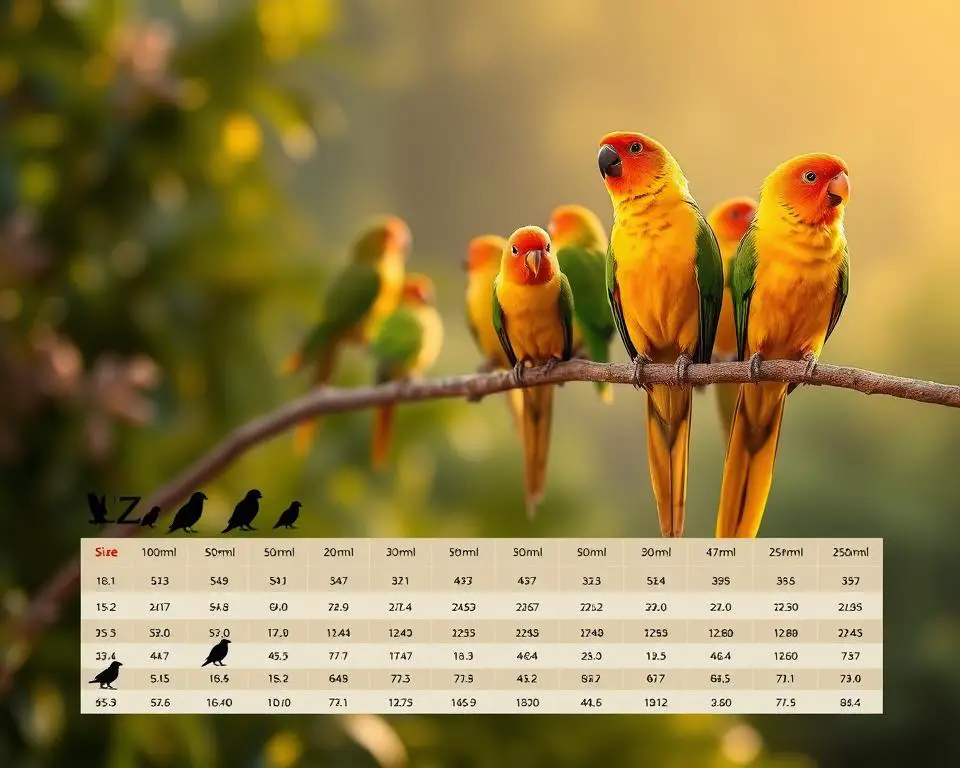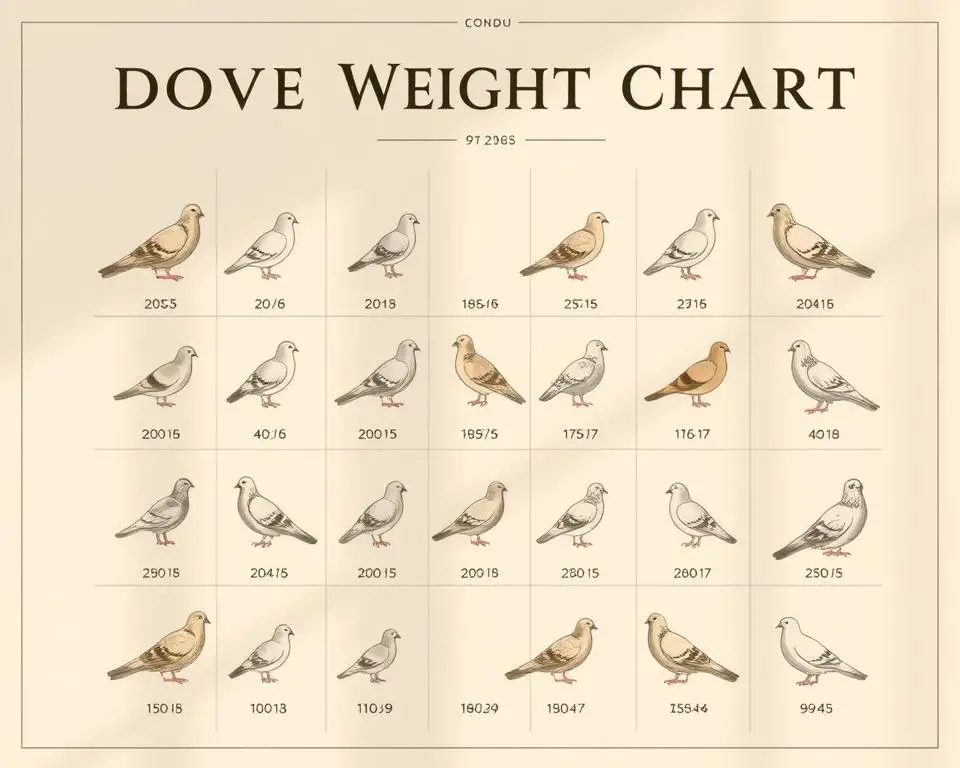For a very long time, people were unaware of how other birds (especially pigeons and doves) saw the world around them.
Recent investigations in the field of science have, thankfully, shed light on the astonishingly varied visual capabilities of these bird species. So, let us discuss Dove’s vision. Are they color blind?
Doves are not colorblind in any sense. They can see and differentiate colors easily. Doves’ eyes, in contrast to human eyes, find it easier to concentrate on stationary things than they do on moving ones.
Like most other types of prey animals, dogs have a single eye on each side of their heads, giving them a monocular field of vision.
They have a field of vision that is 340 degrees wide, much wider/advanced than humans and many other birds.
But there’s more to learn about how doves see the world around them.
In this article, we’ll explore the topic of Dove’s vision in more detail, including:
How doves see color and the difference between human and dove eyesight.
Let’s get started.
Can doves see color?
Doves can see color, but not as vividly as humans do. They have a limited color vision compared to humans, as they primarily rely on their keen motion detection and excellent peripheral vision to survive. While they can perceive some colors, their vision is more attuned to shades of grey and subtle hues.
What color are doves eyes?
Doves have dark eyes that are usually black or dark brown in color. They do not see color in the same way humans do, but can perceive some colors. Their vision is more attuned to movement and light/dark contrasts rather than specific colors.
Do doves have peripheral vision?
Yes, doves do have excellent peripheral vision. They are capable of seeing a wide field of view without needing to move their heads. This is an important adaptation for detecting predators and other potential threats in their environment.
Doves have eyes on the sides of their heads, allowing them to see almost 360 degrees around them. This wide field of vision helps them stay alert and safe while foraging for food or navigating their surroundings.
Do doves have good eyesight?
Doves have excellent vision and can see well in bright and dark light. They’re also able to see movement from a long distance away, making them superb hunters. In fact, doves are so good at spotting prey that they can often take down small birds with just a few quick pecks.
Doves have better vision than humans
Doves have a vision that is far superior to that of humans. Because of their eyes’ incredible sensitivity, they can discern UV colors that are entirely invisible to human sight.
These birds have the ability to recognize color, and when they spot brightly colored clothing that stands out from its surroundings, they will become alarmed. So, their hunt is a little bit tricky too.
Lack Depth Perception
Doves are distinguished by the constant bobbing of their heads, which is one of their features.
The action has been interpreted as a means of maintaining balance due to the position of their legs in relation to the rest of their bodies; nevertheless, there is another component at play here.
They have to continually refocus their eyesight to see objects clearly, particularly while they are moving around on the ground.
Their downward vision is highly developed and ground-focused, just as one would anticipate from any species belonging to the bird kingdom.
Eyes Anatomy/Shape
In comparison to the size of their bodies, the eyes of doves are significantly bigger than those of other birds.
The form of their eyes is likewise distinct from one another. The lenses have a significantly flatter profile.
The visual acuity of a dove is significantly superior to that of raptors because they have binocular vision, while doves have monocular vision.
In point of fact, doves have eyesight that is two times as excellent as that of humans when seen via their monocular lateral field of view.
Doves Are Constantly On the Lookout
Have you ever attempted to sneak up on a dove and get a closer look? It is incredibly challenging, and it may even be impossible.
As wild birds, they are experts at surviving in their environment and are highly attuned to their surroundings. When they are stumbling about on the ground, it may seem as though they are in a whole different universe; nevertheless, this is not the case.
Doves are always vigilant, and despite having to refocus their vision constantly, they have excellent eyesight, which helps them avoid potential threats.
When humans approach, they may appear to be unaware of your presence in regions that people often visit; nevertheless, you should not accept this impression since they are always aware of your position.
What colors entice doves to visit your garden?
Natural camouflage colors such as grey, brown, and olive are suitable possibilities for attracting birds with more cautious temperaments, such as doves, waterfowl, and other similar species. These birds are more likely to be scared off by brighter colors.
Note: White should be avoided at all costs since doves are more likely to be attracted to other exceptionally bright colors. It would appear that doves interpret this color as a warning.
Dove eye colors
Eye Color of doves varies from light brown to gray when they are young. But their eye colors change from dark brown to gray-brown or black as the species develops and becomes an adult.
The shade of their eyes also alters depending on the time of day and light availability.
During the nighttime, their pupil becomes more dilated to let in more light, just like the humans. On the other hand, in low light conditions, their pupil contracts to a small black dot.
When doves are alarmed or feel threatened, their eyes will also become more prominent.
The reason behind this is that their eyes need to be more focused when they are on high alert.
Doves also have a third eyelid, which is a translucent membrane that covers the eye when they blink.
In fact, this third eyelid helps to protect the eye and keep it moist.
Why are colors essential for doves?
Doves rely on color for a variety of reasons, including attracting potential mates and identifying food and water sources.
For the aim of breeding
The beginning of the mating season is signaled by the appearance of plumage with brighter colors. A mature and healthy mate can also be deduced from a partner’s use of brighter colors.
Cues from food as well as the surroundings
Seeds/fruits with bright colors are often ready to eat and have the highest concentration of nutrients when they are at their peak.
Seeds/fruits with bright colors are often ready to eat and have the highest concentration of nutrients when they are at their peak.
The changing of the colors of the leave also indicates doves migrate in the cold weather.
Can doves see colors?
Doves can see color, but their color vision is not as good as that of other birds, such as hawks.
The eyes are also used to detect movement and light. The retina contains rods and cones which respond to different wavelengths of light.
These cells have a high sensitivity for detecting motion, while the rods are more sensitive to low-intensity light than the cones. Birds’ eyes are also capable of seeing polarized light, which allows them to distinguish between objects with similar colors.
This ability comes from the fact that the eye contains an internal structure called the tapetum lucidum, which reflects light back through the lens.
How do doves see colors?
Dove’s eyes contain three types of photoreceptors: rods, cones, and double cones. Rods are responsible for night vision, while cones are responsible for day vision. Double cones are responsible for color vision.
Rods
Rods are located in the retina and help the bird see at night. Their function is to detect changes in brightness. When there is no change in brightness, the rod cell fires off an electrical impulse. If there is a sudden increase in brightness, then the rod cell stops firing.
Cones
Cones are located in the retina’s center and are responsible for daytime vision. They are made up of two parts: a short outer segment and a longer inner segment. The outer segment contains rhodopsin, which absorbs photons and triggers chemical reactions within the cone cell. Rhodopsin is activated by blue light, which makes it easier for the cone to absorb photons.
Dove eye and the human eye
In contrast to humans, who are trichromats and can only see three colors, blue, green, and red, doves are tetrachromats, meaning they can see four colors: ultraviolet (UV), blue, green, and red.
The ability to see UV light is what sets doves apart from other birds and animals, including humans.
In fact, this capability is thought to help doves find food and mates and avoid predators.
Do doves have peripheral vision?
Doves do not have peripheral vision. Doves have binocular vision, meaning they can see directly in front of them and to the side. This is because they have a band of nerve cells (the striated muscle layer) that runs across their eyes, allowing them to move their eyes quickly in any direction.
Binocular vision allows birds to judge distances accurately and helps them catch prey by spotting it from a distance. It also helps them keep track of other birds or predators when they are flying in formation.
What distinguishes a common dove from a mourning dove?
The distinction between these two species is primarily in their color. The blue-eyed ground dove’s body feathering varies from milky light brown to greyish buff, and it has a pinkish tinge to it. In contrast, the mourning dove has a coloration that is more brown and earthy and has black patches on its wings.
Distribution and habitat
Blue-eyed ground doves are found throughout much of North America, including Canada, Mexico, Central America, South America, and the Caribbean. They can be found in a variety of habitats, such as grasslands, prairies, savannas, deserts, forests, wetlands, and urban areas. Blue-eyed ground doves have been known to inhabit agricultural fields, parks, gardens, and even suburban backyards.
On the other hand, mourning doves live all over the world, except for Antarctica and Australia. They prefer open wooded areas, especially near water. They often nest in tree cavities or under bridges. Mourning doves are usually seen alone, although pairs will sometimes form if one member dies.
Can doves see at night?
Doves have excellent night vision, thanks to their rods. Rods are located in the retina and help the bird see at night. They detect changes in brightness, and when there is no change in brightness, the rod cell fires off an electrical impulse.
This allows doves to see in low light conditions and even in complete darkness. In addition, doves have a tapetum lucidum, which is a reflective layer of cells in the back of their eyes that reflects light and helps them see better in the dark.
What color are the dove’s eyes?
The color of a dove’s eyes can vary depending on the species. Common doves have dark brown eyes, while mourning doves have yellow-orange eyes.
Blue-eyed ground doves have blue eyes, which sets them apart from other species. The blue coloration is caused by a pigment called pteridine that reflects light and gives the eye its distinctive hue.
Do doves recognize faces?
Doves are one of the few species of birds that are capable of recognizing people’s faces, although they are a rare exception.
Doves are able to distinguish between individuals who provide them with food and those who intend to hurt them. This talent is essential for the birds to have in order to survive in the wild since it enables them to tell friends from foes.
People who provide doves with food regularly will notice that the birds are less likely to flee from them when they approach. The reason for this is that the birds have learned to recognize the human faces of the people who feed them over the course of time.
Do doves have the ability to see TV screens?
Doves are able to view the screens of televisions, computers, and other electronic devices.
The bird’s eyes are so sensitive to light that they can see the flickering of the images on the screen.
In fact, doves are not the only type of bird that can see electronic screens. Any bird with good eyesight will be able to see the images on a screen.
Summary
Before we move on to the conclusion, we’ve summarized this article into a short list of key points for you to remember:
- Doves have good vision, with some species being able to see in dim conditions due to special cells in their eyes called tapetum lucidum.
- Doves are one of the few species of birds that can recognize people’s faces.
- Doves can see the screens of televisions, computers, and other electronic devices.
- Grey doves have better vision than mourning doves.
Conclusion
In this article, we’ve learned about the anatomy of a dove and how its eyes work. We’ve also learned some interesting facts about the behavior of these birds.
We went over some interesting facts about doves. We also answered some common questions people have about these birds.
Doves are intelligent creatures that have the ability to recognize faces due to their extraordinarily sharp vision, enabling them to identify showy attire and activity from a considerable distance.
Additionally, we looked at the differences between the eyes of a grey dove and those of a mourning dove.
Finally, we discussed whether doves see color and why they might be colorblind.
Want to learn more about doves?
Ready to boost your knowledge to the next level? If so, check out the articles below:
- Do Doves and Pigeons Make Good Pets?
- What Do Turtle Doves Eat? Everything You Need To Know!
- Are Doves Aggressive?





